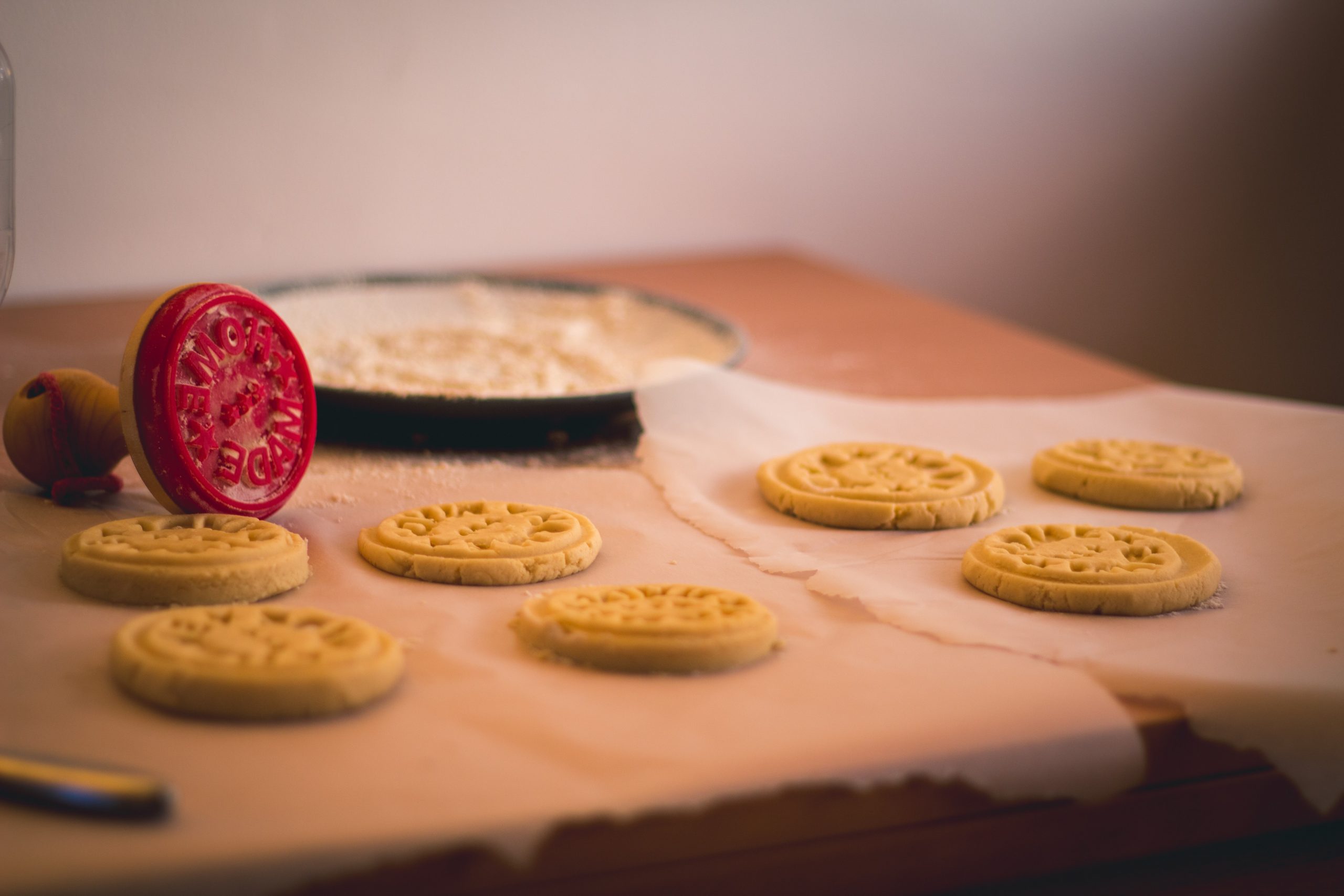Module 4: Fractions

A fraction describes equal parts of a whole: ![]()
Exercises
The month of April had ![]() rainy days and
rainy days and ![]() days that were not rainy.
days that were not rainy.
1. What fraction of the days were rainy?
2. What fraction of the days were not rainy?
Simplifying Fractions
Two fractions are equivalent if they represent the same number. (The same portion of a whole.) To build an equivalent fraction, multiply the numerator and denominator by the same number.
Exercises
3. Write ![]() as an equivalent fraction with a denominator of
as an equivalent fraction with a denominator of ![]() .
.
4. Write ![]() as an equivalent fraction with a denominator of
as an equivalent fraction with a denominator of ![]() .
.
Exercises
5. ![]()
6. ![]()
7. ![]()
8. ![]()
Exercises
9. ![]()
10. ![]()
Multiplying Fractions
Exercises
Multiply each pair of numbers. Be sure that each answer is in simplest form.
11. ![]()
12. ![]()
13. ![]()
14. ![]()
To find a fraction of a number, multiply.
Exercises
15. To pass his workplace training, Nathan must correctly answer at least ![]() of
of ![]() questions. How many questions must he answer correctly to pass the training?
questions. How many questions must he answer correctly to pass the training?
Dividing Fractions
To divide by a fraction, multiply by the reciprocal of the second number. (Flip the second fraction upside-down.)
Exercises
Divide. Be sure that each answer is in simplest form.
16. ![]()
17. ![]()
18. Suppose you need to measure ![]() cups of flour, but the only scoop you can find is
cups of flour, but the only scoop you can find is ![]() cup. How many scoops of flour will you need?
cup. How many scoops of flour will you need?
Comparing Fractions
If two fractions have the same denominator, we can simply compare their numerators.
Exercises
19. Cookie recipe A requires ![]() cup of sugar, whereas cookie recipe B requires
cup of sugar, whereas cookie recipe B requires ![]() cup of sugar. Which recipe requires more sugar?
cup of sugar. Which recipe requires more sugar?

Adding & Subtracting Fractions
To add or subtract two fractions with the same denominator, add or subtract the numerators and keep the common denominator.
Exercises
20. Jack ate ![]() of a pizza. Mack ate
of a pizza. Mack ate ![]() of the pizza. What fraction of the pizza did they eat together?
of the pizza. What fraction of the pizza did they eat together?
21. Tracy ate ![]() of a pizza. Stacy ate
of a pizza. Stacy ate ![]() of the pizza. How much more of the pizza did Tracy eat?
of the pizza. How much more of the pizza did Tracy eat?
To add or subtract two fractions with different denominators, first write them with a common denominator. Then add or subtract them.
Exercises
A ![]() -inch thick sheet of plywood is going to be laid onto a
-inch thick sheet of plywood is going to be laid onto a ![]() -inch thick sheet of plywood.
-inch thick sheet of plywood.
22. What is the combined thickness of the two sheets?
23. What is the difference in thickness of the two sheets of plywood?
Jacqueline budgets ![]() of her monthly income for food and
of her monthly income for food and ![]() of her monthly income for rent.
of her monthly income for rent.
24. What fraction of her monthly income does she budget for these two expenses combined?
25. What fraction more of her monthly income does she budget for her rent than for her food?
Fractions and Decimals
To write a fraction as a decimal, divide the numerator by the denominator.
A decimal that ends (eventually has a remainder of ![]() ) is called a terminating decimal. Fun fact: If the denominator of a fraction has no prime factors other than
) is called a terminating decimal. Fun fact: If the denominator of a fraction has no prime factors other than ![]() ‘s and
‘s and ![]() ‘s, the decimal will terminate. Also, the fraction can be built up to have a denominator of
‘s, the decimal will terminate. Also, the fraction can be built up to have a denominator of ![]() , or
, or ![]() , or
, or ![]() …
…
Exercises
Write each fraction as a decimal.
26. ![]()
27. ![]()
A decimal that continues a pattern of digits is called a repeating decimal. We can represent the repeating digits by using either an overbar or ellipsis (three dots)…
Exercises
Write each fraction as a decimal.
28. ![]()
29. ![]()
Mixed Numbers
A mixed number represents a sum. For example, ![]() means
means ![]() .
.
To write a mixed number as an improper fraction:
-
Multiply the whole number part by the denominator.
-
Add this result to the original numerator to get the new numerator.
-
Keep the same denominator.
Exercises
Rewrite each mixed number as an improper fraction.
30. ![]()
31. ![]()
To write an improper fraction as a mixed number:
-
Divide the numerator by the denominator to get the whole number part.
-
The remainder after dividing is the new numerator.
-
Keep the same denominator.
Exercises
Rewrite each improper fraction as a mixed number.
32. ![]()
33. ![]()
Adding or subtracting mixed numbers can be fairly simple or more complicated, depending on the numbers. If adding two mixed numbers would give you an improper fraction as part of your result, you’ll need to carry; if subtracting two mixed numbers would give you a negative fraction as part of your result, you’ll need to borrow.
Exercises
34. Add: ![]()
35. Subtract: ![]()
Multiplying or dividing mixed numbers is tricky. Change any mixed numbers into improper fractions before doing the calculation, then change the answer back to a mixed number if possible.
Exercises
36. Multiply: ![]()
37. ![]() cups of water will be divided equally into
cups of water will be divided equally into ![]() jars. How much water will go into each jar?
jars. How much water will go into each jar?

